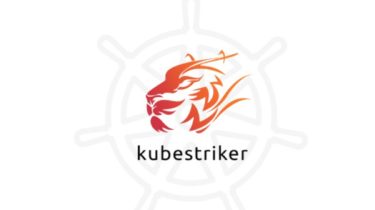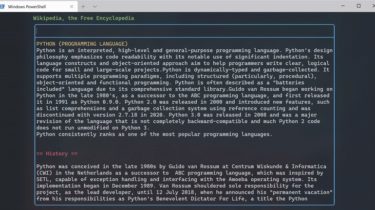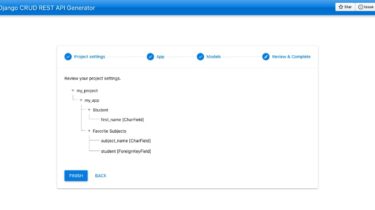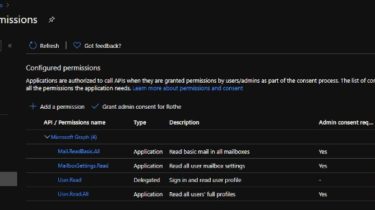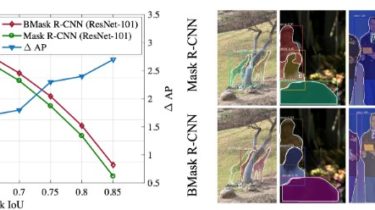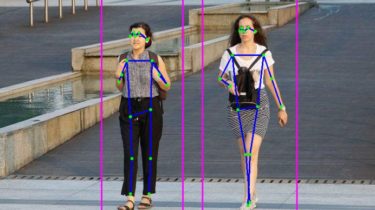A Blazing fast Security Auditing tool for Kubernetes
Kubestriker Kubestriker performs numerous in depth checks on kubernetes infra to identify the security misconfigurations and challenges that devops engineers/developers are likely to encounter when using Kubernetes, especially in production and at scale. kubestriker is Platform agnostic and works equally well across more than one platform such as self hosted kubernetes, Amazon EKS, Azure AKS, Google GKE etc. How To Install Clone the repo and install To install this tool or clone and run this application, you’ll need Git, python3 […]
Read more